DIRECTIONS – Take notes! Do not rush through the 5 steps below!
1. Know what is your AP focus (objective). Go to your Unit Guide For APWH – p. 72. Review Using the Unit Guide.
2. TIME MAP
World snapshot in the year 1648 CE
Europeans have pioneered maritime trading systems which, for the first time, span the entire globe. These lead to vast changes in both Eastern and Western Hemispheres.
Europe 1453 CE
The old feudal order is beginning to give way to early modern Europe, with the Italian Renaissance and the age of exploration under way.
Europe 1648 CE
Developments such as the Renaissance, the Reformation, and the expansion of trade and colonization throughout the world, have transformed Europe.
National Geographic – Interactive Mapping
3.
- Review Ch 2 (p. 46 – 54)
- Ch 6 (the whole chapter, the whole enchilada).
- Use the following resource: Textbook Reading Guidelines
4.
| Video | Content | Historical Thinking Skills |
|---|---|---|
| 1st Video | belief systems from 1450 – 1750 CE | 6B – ithe use specific examples of historical evidence to support the skill of argumentation |
5.
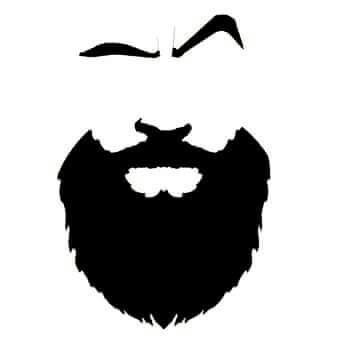 The main idea during this period is this: how did land-based empires consolidate and legitimize their power from 1450-1750.
The main idea during this period is this: how did land-based empires consolidate and legitimize their power from 1450-1750.
The main ways they did this were as follows:
- the establishment of bureaucracies
- collecting taxes
- the use of religion, art, and monumental architecture.
All of this was true for the Qing Dynasty, the Songhai Empire, the Mughal Empire, the Ottoman Empire, and the Safavid Empire. All these gunpowder empires grew in roughly the same manner. The Aztec Empire was similar but didn’t employ a bureaucracy to get things done. Rather, they employed a tribute system to maintain control.
Additionally, religion can be both a unifying force (as in the Islamic Songhai Empire) and a dis-unifying force (as in Europe with the split between the Roman Catholic Church and the Protestants in the Protestant Reformation).

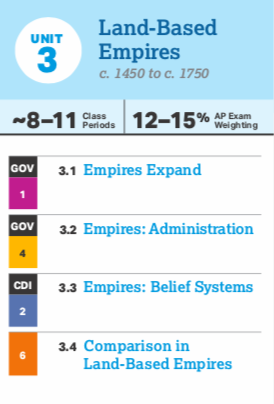
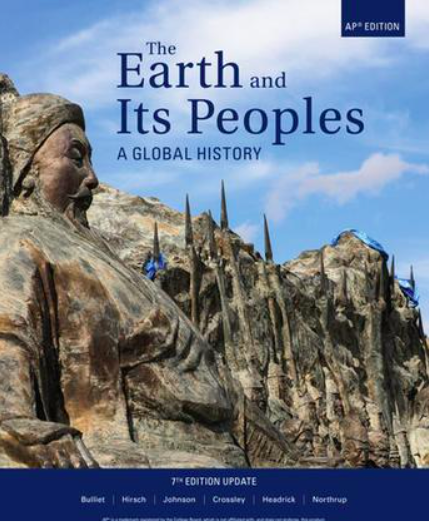

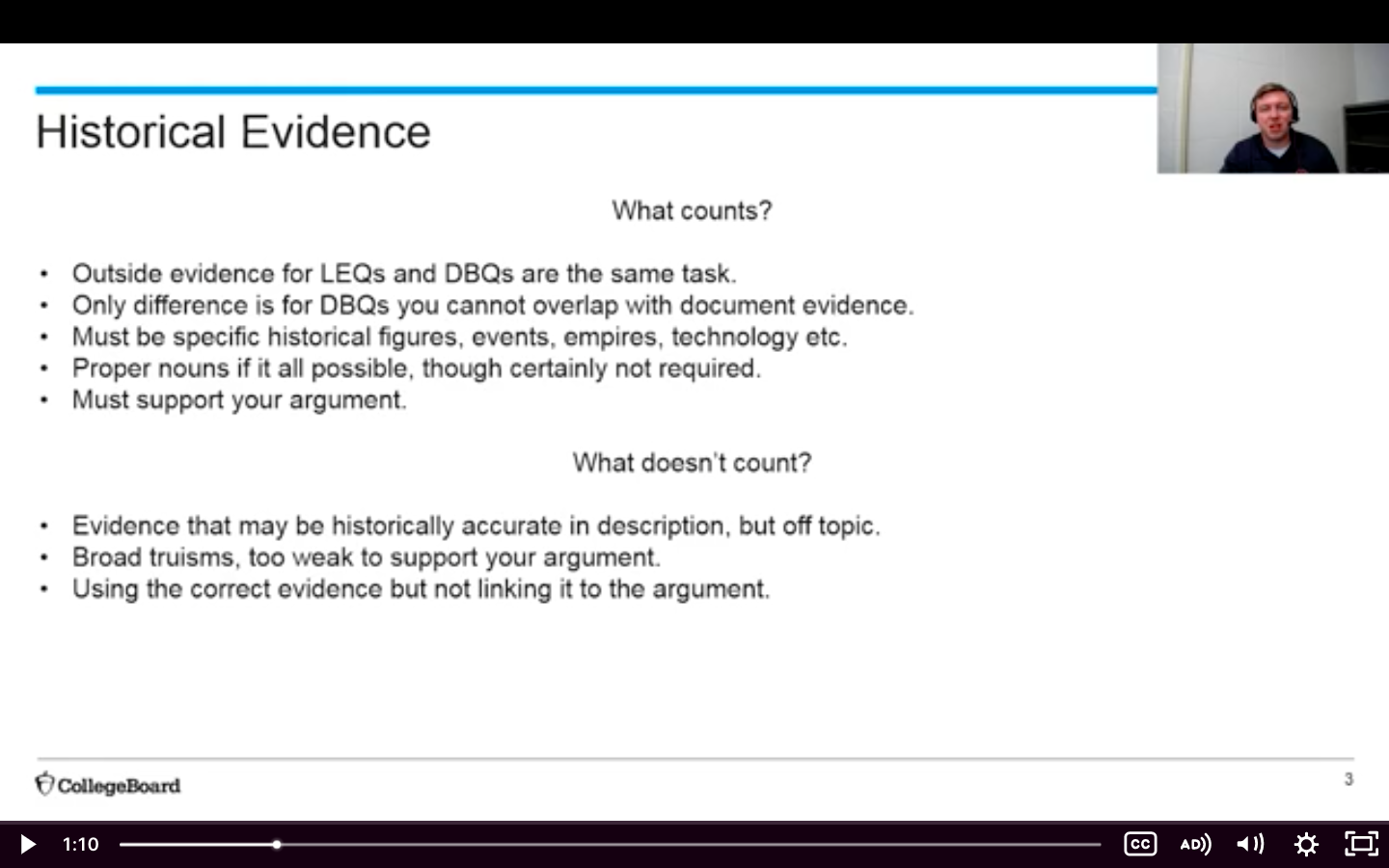
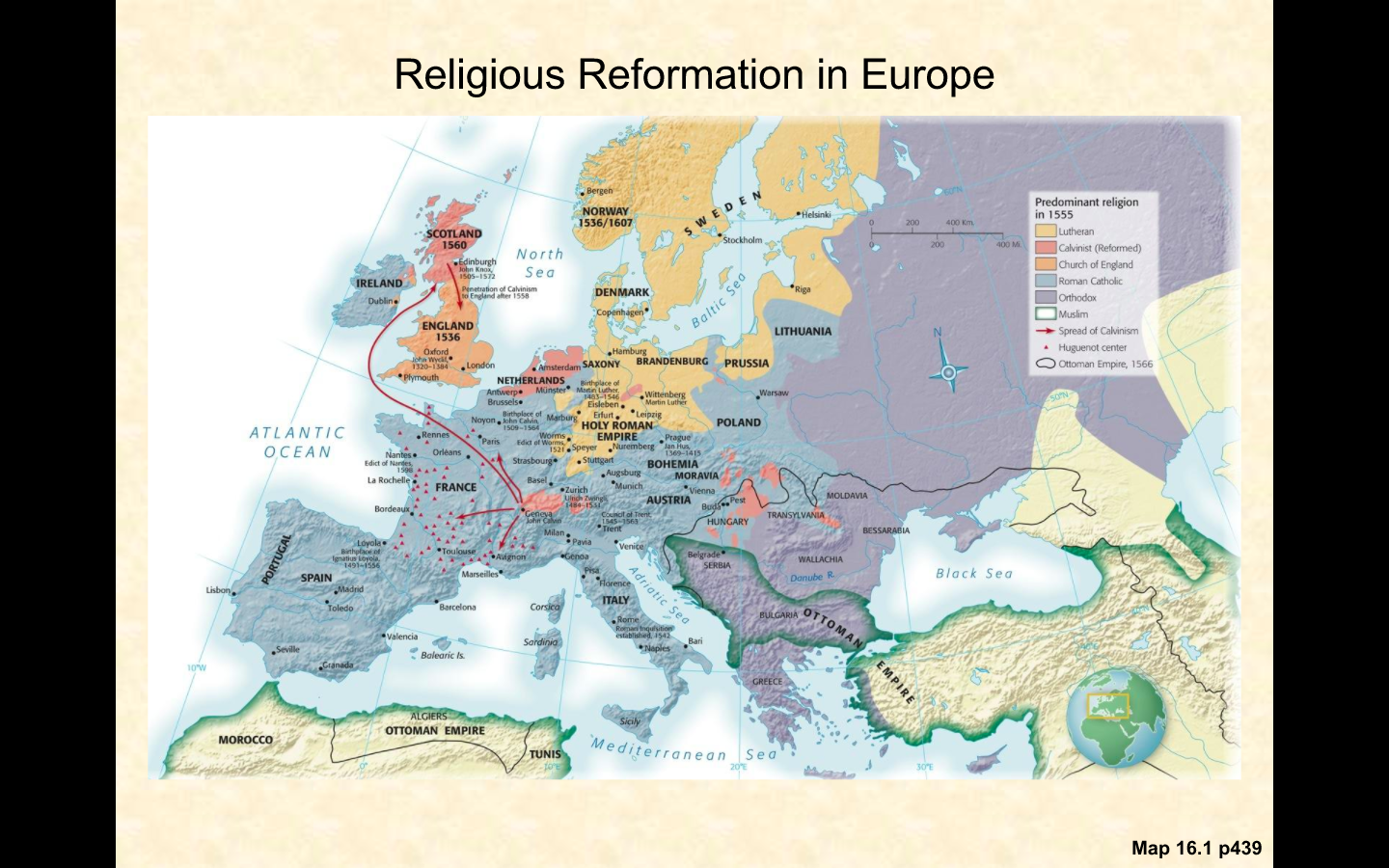
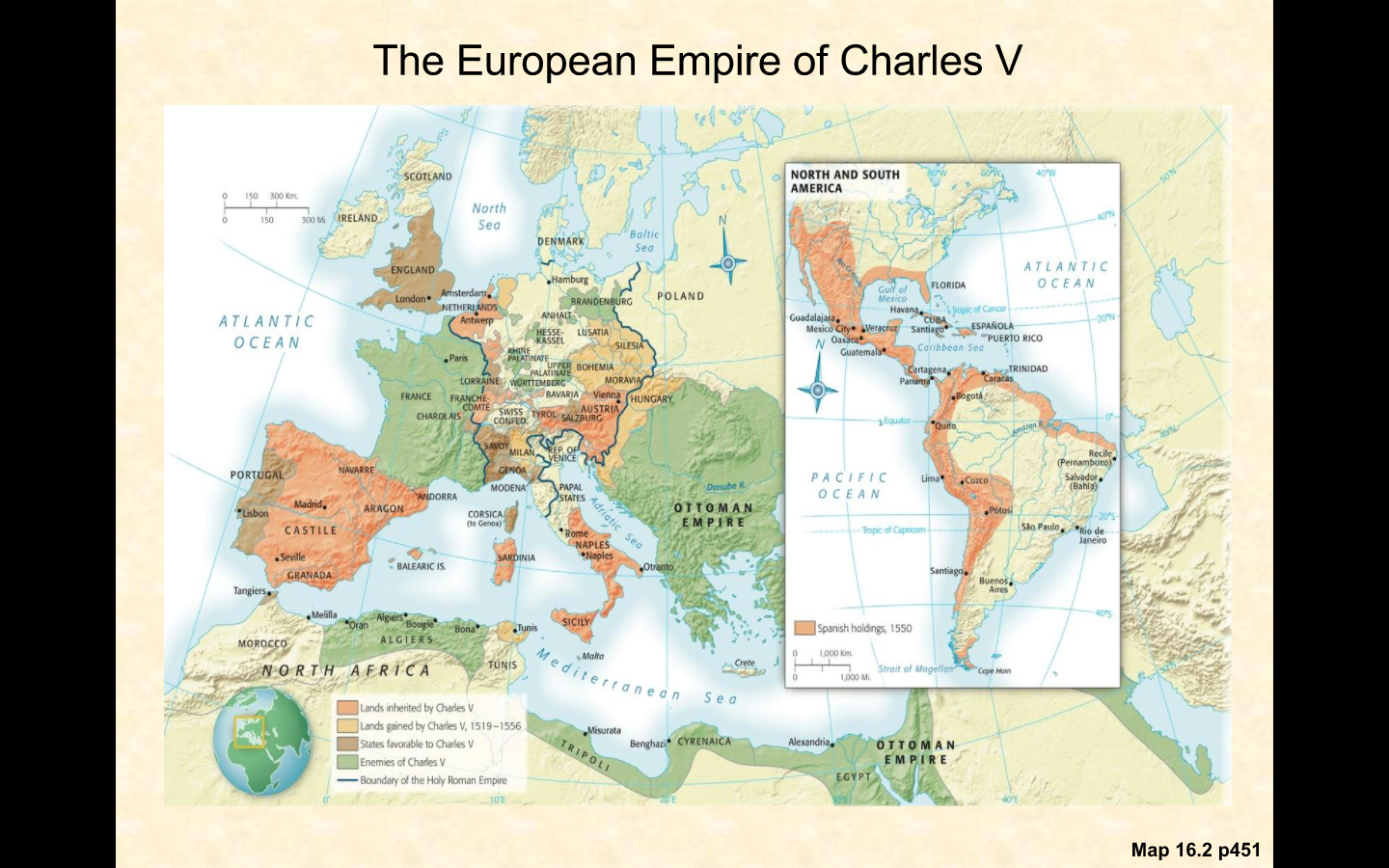
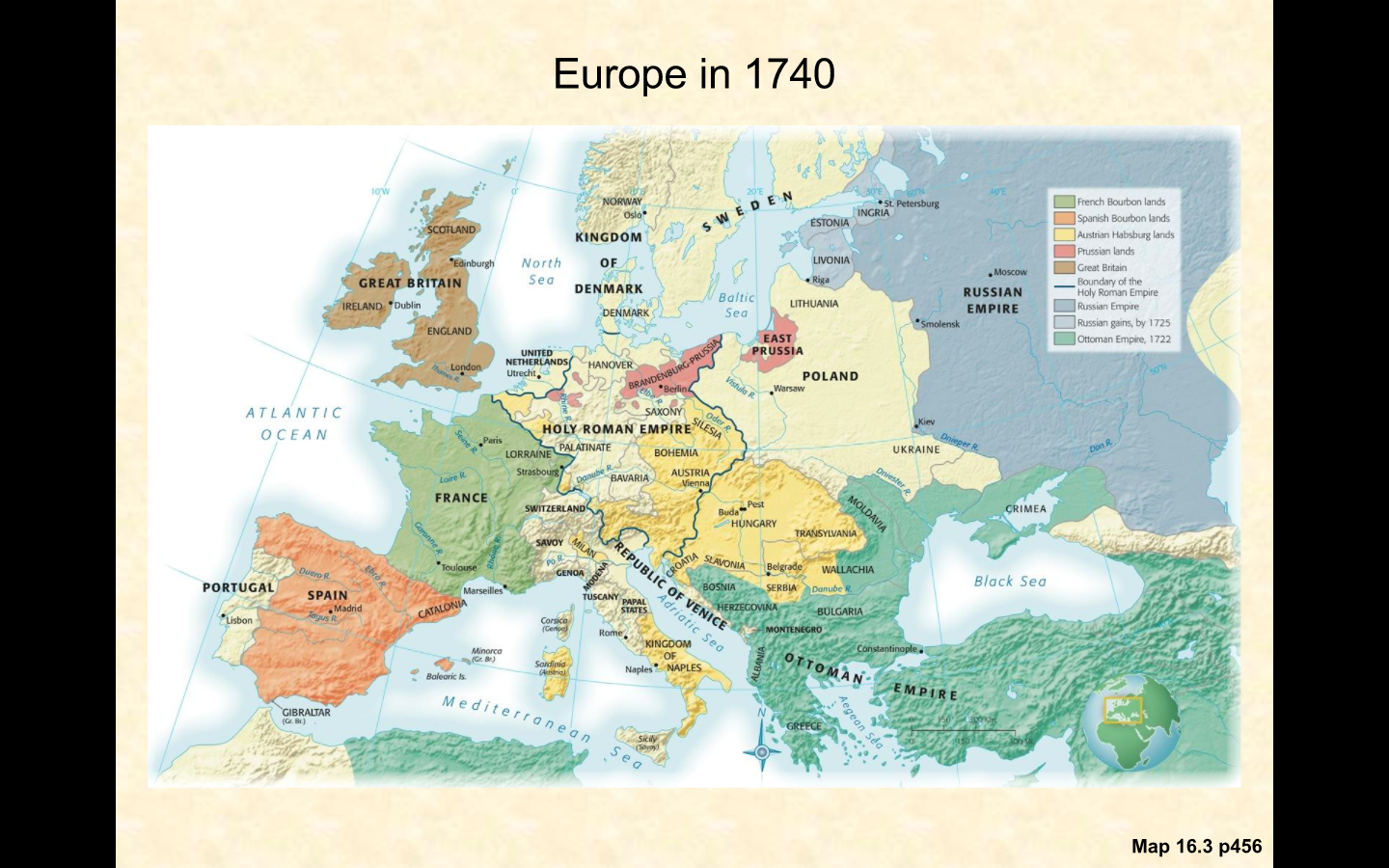
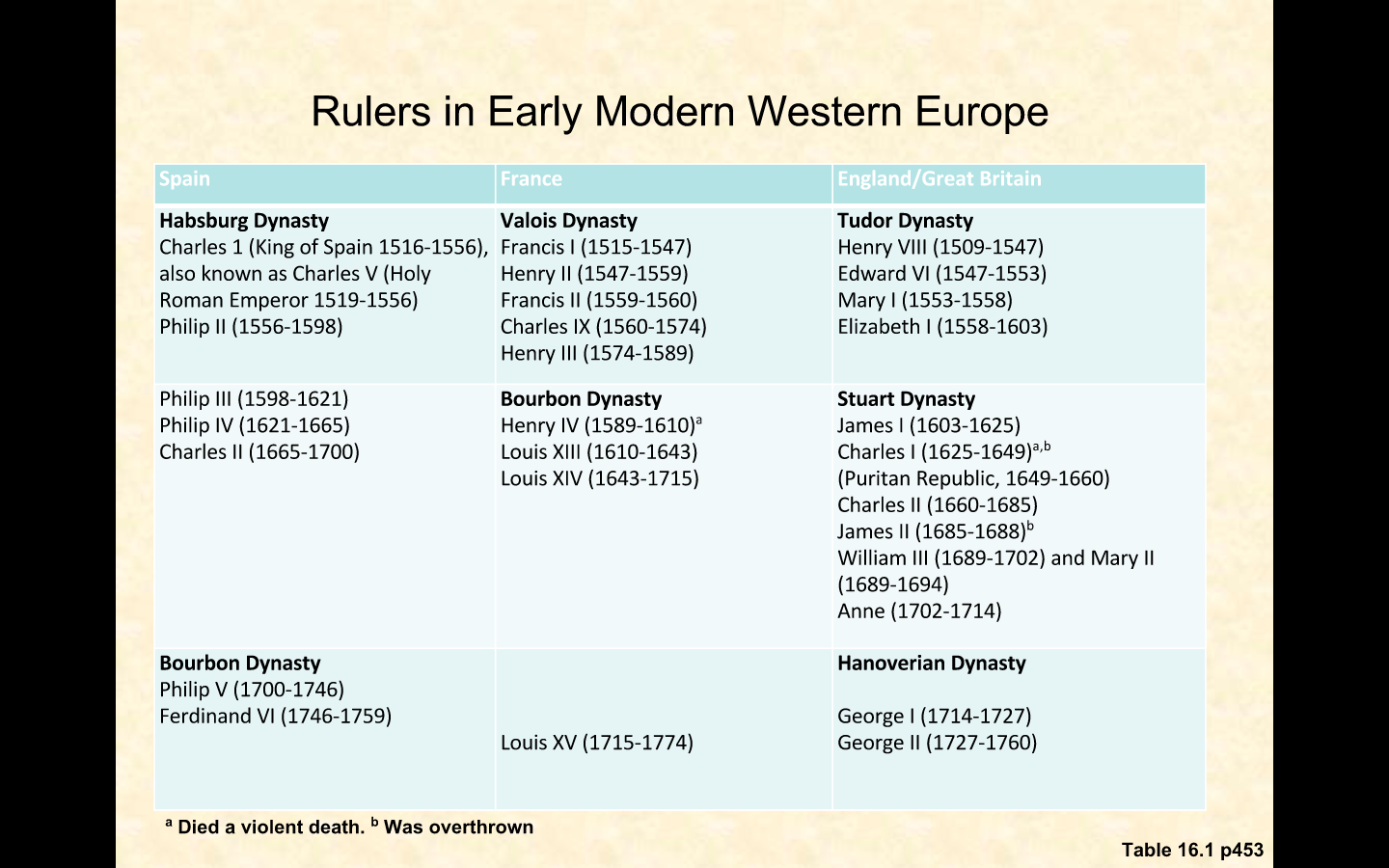
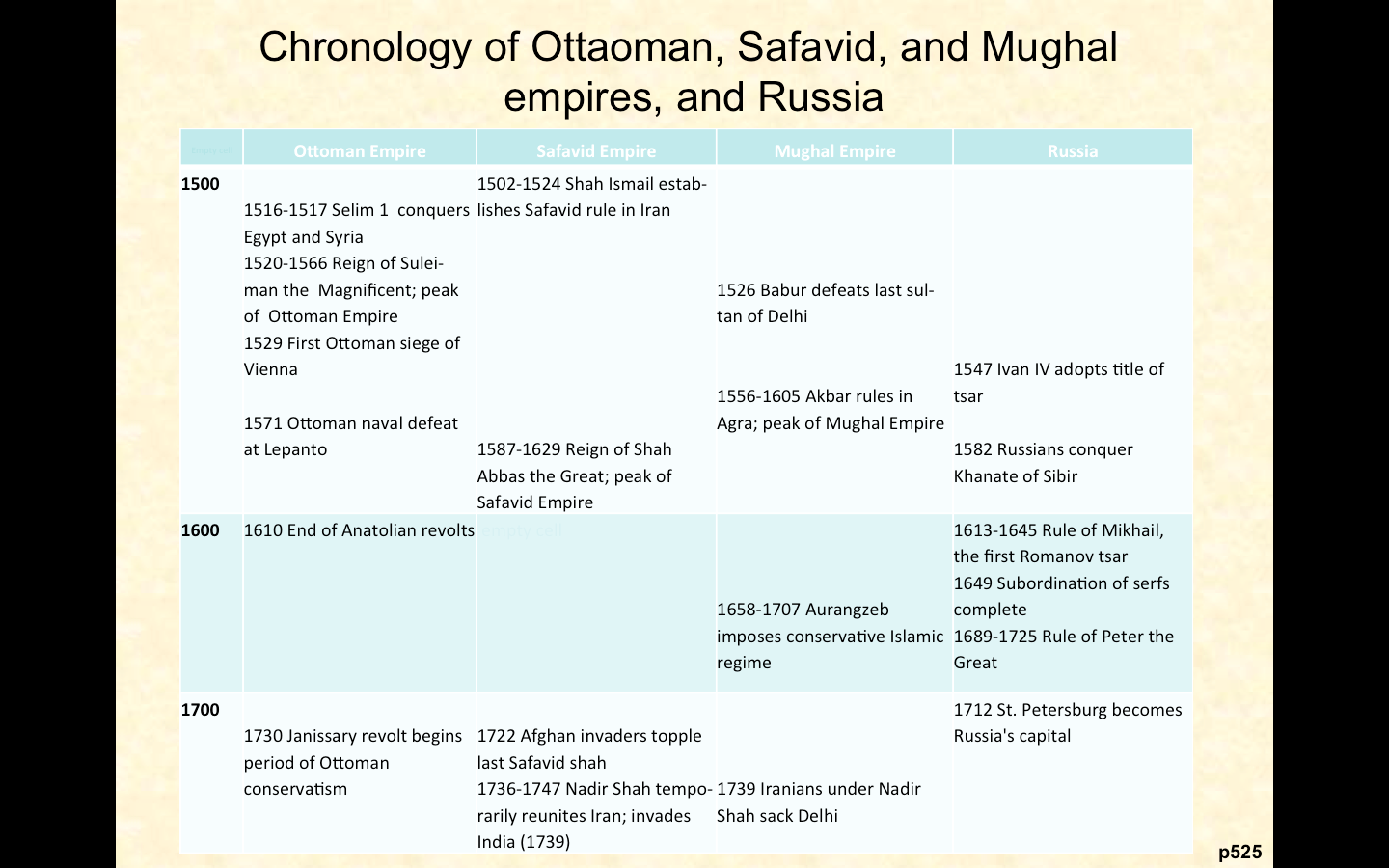
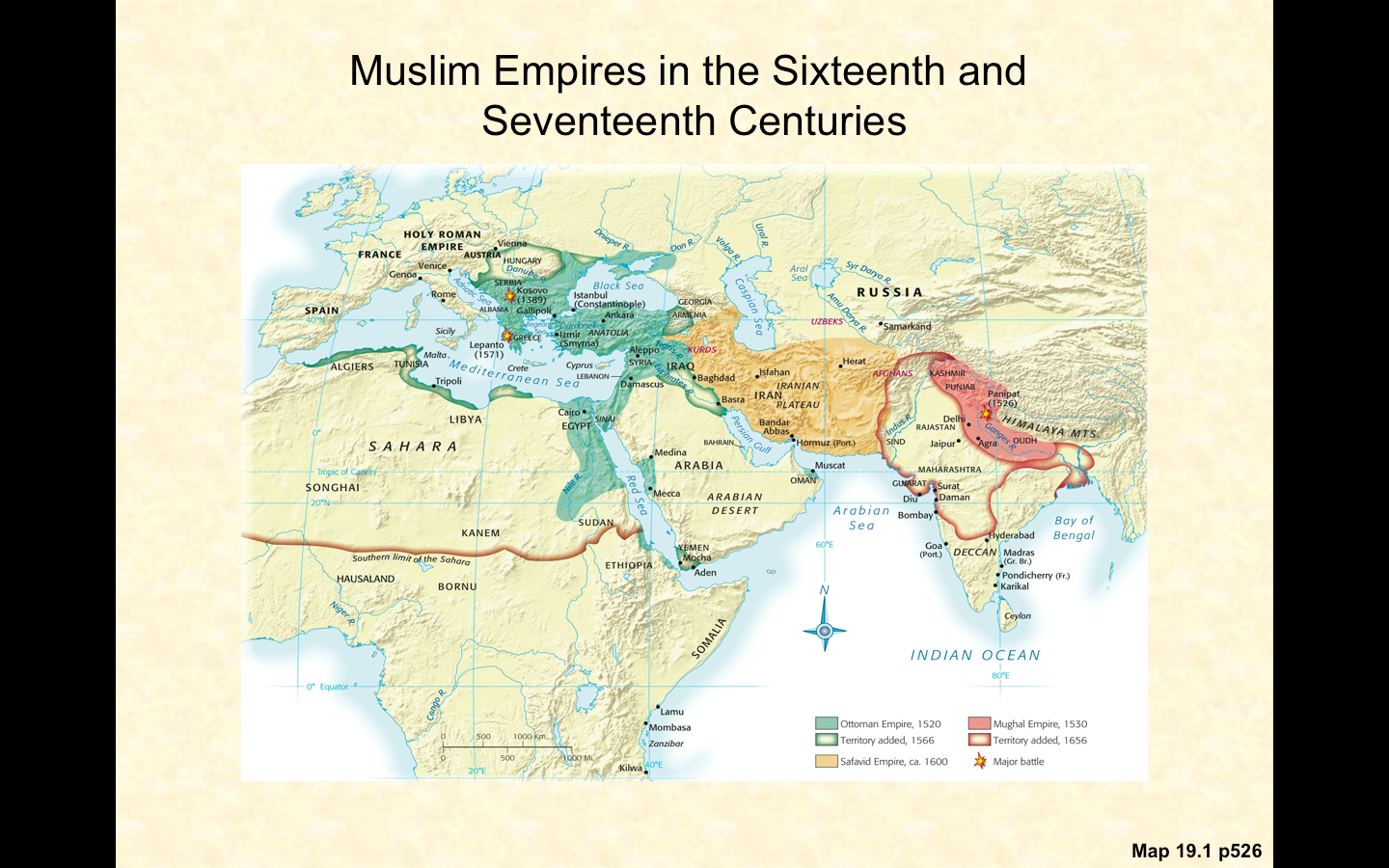
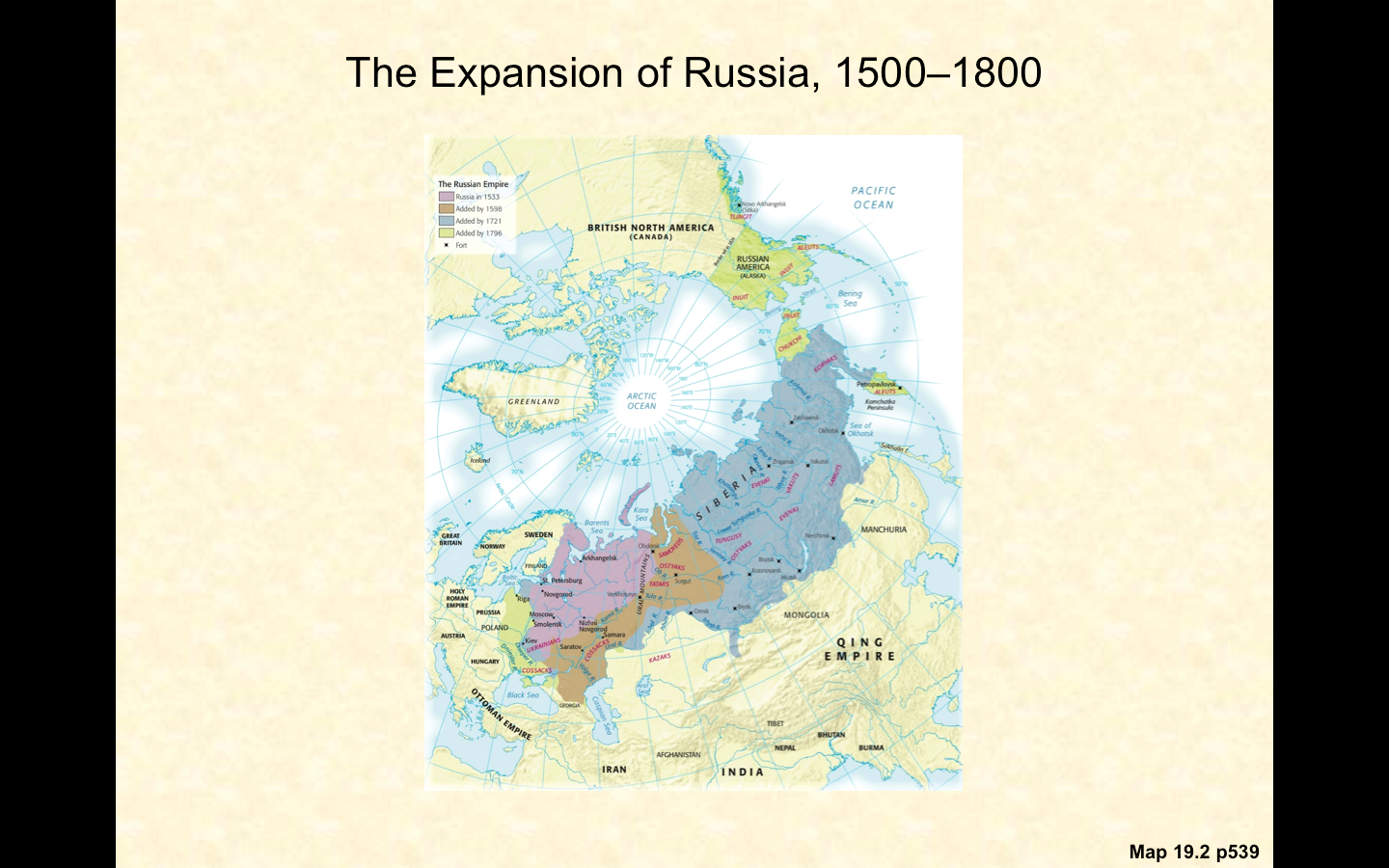
You must be logged in to post a comment.